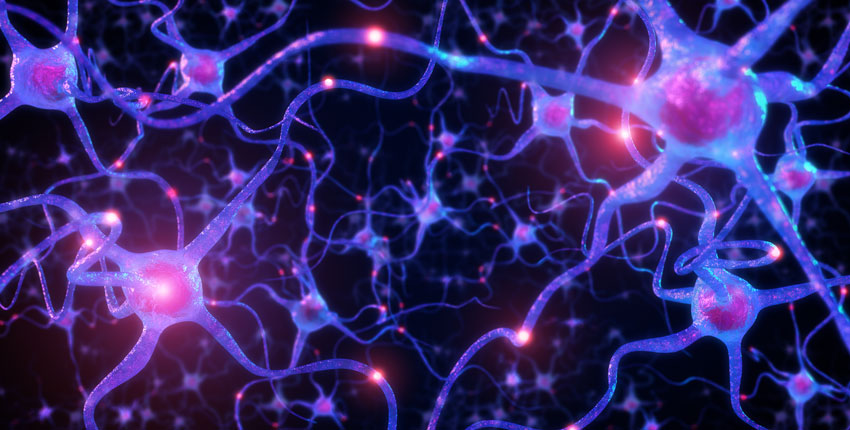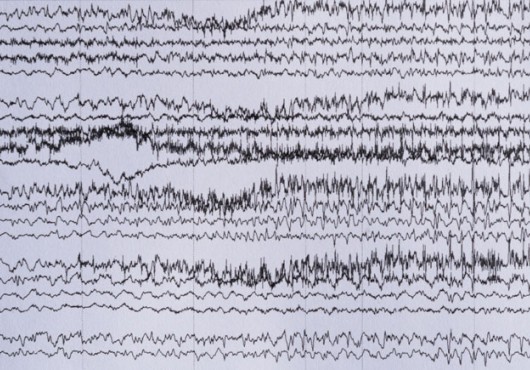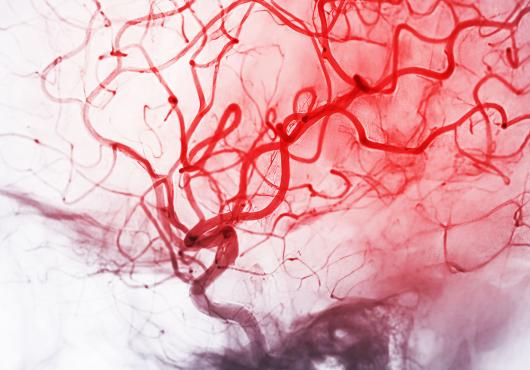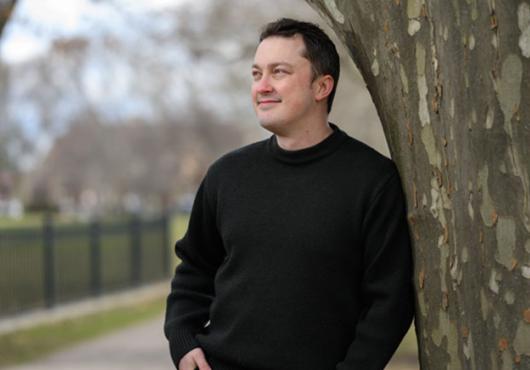
Anytime we venture into a new place, our brain’s built-in GPS immediately kicks in and begins to form a spatial map of our surroundings. Over days and even weeks, this map may be solidified as a memory that we can recall to help us navigate more easily whenever we return to that particular location.
Just how the brain forms these spatial maps is astoundingly complex — a process that involves an intricate molecular interplay across genes, proteins, and neural circuits to shape behavior. Perhaps unsurprisingly, the precise steps of this multiplayer interaction have eluded neurobiologists.
Now, scientists, through a multilab collaboration within the Blavatnik Institute at Harvard Medical School, have made a major advance toward understanding the molecular mechanisms that are involved in the creation of spatial maps in the brain.
Enlightening, understandable, provocative
Solid reasons to read Harvard Medicine magazine







